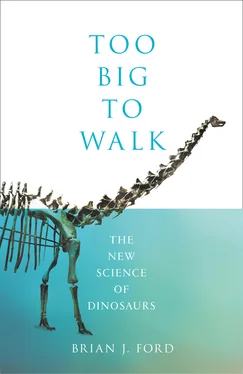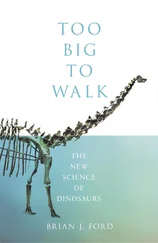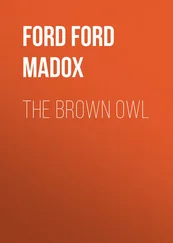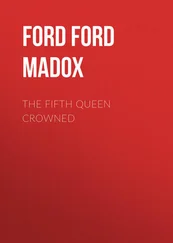Some similar examples have not been dismissed as fakes. In 1971, at Girifalco in Calabria, southern Italy, a landslip after a 20-hour deluge revealed a cache of artifacts from of a pre-Greek civilization. A lawyer named Mario Tolone Azzariti reported that he had found some terracotta statues, one of which was a model very like a stegosaur. It measures some 7 inches (18 cm) long and shows solid, strong legs (different from those of a present-day lizard). This seems to be a relic of the Stone Age – though I am not aware that it has ever been dated – and may well be the result of inspiration by a fossilized Stegosaurus .
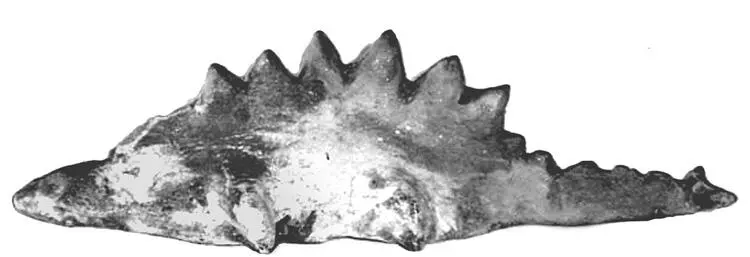
In 1971 in southern Italy, a lawyer named Mario Tolone Azzariti claimed to have found terracotta models, one of which was a like a stegosaur. It measures 7 inches (18 cm) long. Perhaps this was inspired by a fossilized skeleton.
The indigenous peoples of the U.S. knew about fossil dinosaurs for thousands of years. There is an ancient saga among the Delaware people, who inhabited what became New Jersey and Pennsylvania, telling of a party of hunters who returned to their village with a huge, ancient bone which they said had come from a massive monster. This fearsome creature was said to massacre people. A ritual was developed, involving burning tobacco with small fragments of this massive bone, hoping that this would ensure safety from the monster, good hunting for the future, and a long life for all. Fossils found in the area include a range of dinosaurs that we shall encounter later, including Cœlosaurus , Dryptosaurus , Ankylosaurus and Hadrosaurus (subsequently, a hadrosaur was to become the first dinosaur ever to be scientifically investigated in America). As we shall discover later, the Cheyenne people taught that a mythical animal named Ahke once lived in the prairies. These were gigantic god-like bison whose remains had been turned into stone. It seems likely that fossils of the horned dinosaur Triceratops were known since ancient times, and these gave birth to the legend.
Just as the indigenous inhabitants of North America maintain a culture that dates back to prehistory, Stone-Age traditions are also perpetuated by Australian Aborigines. They too have ancient legends about dinosaurs – though there are no fossilized bones to be found. Their dreamtime stories stem from an abundance of dinosaur footprints, notably in northwestern Australia. There are extensive exposures of sandstone on the Dampier Peninsula in the Kimberley region, where innumerable dinosaur footprints are to be found. There are extensive trackways that stretch from Roebuck Bay near Broome north to Cape Leveque; that’s at least 125 miles (200 km). The culture extends inland for at least 100 miles (160 km) across the scrub. So important are these finds that a great swathe of intertidal coastline along the Dampier Peninsula coastline has recently been declared a heritage site.11
The 130-million-year-old rocky strata along the beach, known to geologists as the Broome Sandstone, are marked with countless footprints of three-toed dinosaurs, and these clear tracks have played a part in the local culture for thousands, perhaps tens of thousands, of years. The strange footprints in these tracks are clearly recorded in their local legends.12
Australian indigenous people everywhere have an oral culture featuring song cycles that trace in chanted refrains the paths taken by gigantic supernatural beings. Everything in nature is denoted by a specific song – features of the landscape, creatures of the wild, life-sustaining and medicinal flowers, and the stars in the sky – all perpetuating the tradition that existence was predicated upon the legends in these songs.13
The care of both the song cycles and the land – known as Country – rests in the hands of custodians they call Maja, who are selected from the community not because of possessions or family connections, as is common in the West, but purely because of their wisdom and personality. There are different songlines in different places; along the Dampier Peninsula coast they are called ululong , whereas the song cycle that extends east is dabber dabber goon , which reaches past Uluru (which we used to call Ayer’s Rock) and on to Australia’s Pacific coast. At the core of these ancient songs is a mystical being known as Marala, a spirit that laid down the law and established the codes of conduct and morality. The legends about Marala are endless; many of them have been documented by anthropologists, though most remain secret among the tribes and are never vouchsafed to outsiders. One of the songs tells about Marala fighting with Warragunna, the eagle-man, and goes on for hours. Now, it is tempting to dismiss all this as the stuff of legend; as the wild imaginings of a religious people who are now out of their time. Yet their religion has a lot more going for it than any of ours, for they have physical evidence. Marala is a gigantic emu man, and you can see precisely where he walked. There, in the rocks, are the three-toed footprints. There are even some stony giants, weathered in the fierce Sun, that look like petrified monsters. The Aboriginals even know where Marala sat down with Warragunna, because there are the signs of the eagle-man’s feathers clearly preserved in the solid rock. We, with our palæontological insights, know that the footprints of the emu man Marala are actually those of a huge three-toed dinosaur named Megalosauropus . We can also confidently conclude that the feathery impressions of that gigantic eagle are really the fossilized remains of bennettitalean plants, related to the present-day cycads from which we obtain sago, for those leaves really do look like the feathers of a gigantic eagle. The thought processes of Aboriginal people are very different to ours and are hard to follow. A statement by an Aboriginal elder named Lulu from the Gularabulu tribe of the Nyikina people, an ancient community that still lives in the Stone-Age traditions, stated that: ‘The Country now comes from Bugarri-Garriand [dreamtime] and it was made by all the dreamtime ancestors, who left their tracks and statues behind and gave us our law. We still follow that law, which tells us how to look after the Country and how to keep it alive.’14
So here we have an entire way of life and an ancient culture that are based on detailed knowledge of dinosaur footprints and the fossilized remains of Cretaceous plants. Australian Aborigines know their Country intimately, and knew about the remains left by prehistoric monstrous beings thousands of years earlier than we did in the West. The authorities now take these remains seriously. In 2000, an Aborigine from Broome named Michael Latham admitted cutting stegosaur footprints from the sandstone strata, when the tide was low, using an angle-grinder. He was jailed for two years.
The first records from Europeans about the Australian dinosaur tracks were written around 1900 when an immigrant from Ireland, Daisy Bates, spent three months on a mission station in Aboriginal territory. She later returned to the Roebuck Plains Station with her husband and son, and devoted herself to a study of the indigenous coastal communities. She observed many of the areas where footprints were visible. Then, in 1935, Catherine Milner and her young twin daughters discovered some on their own. They wrote later that they had come across the footprints one morning when the tide was low, and they had looked as if ‘whatever had made them had just passed by, so clear and perfect they were.’ Little wonder the tracks were regarded by the Aboriginal people as clear evidence of events.15
Читать дальше
